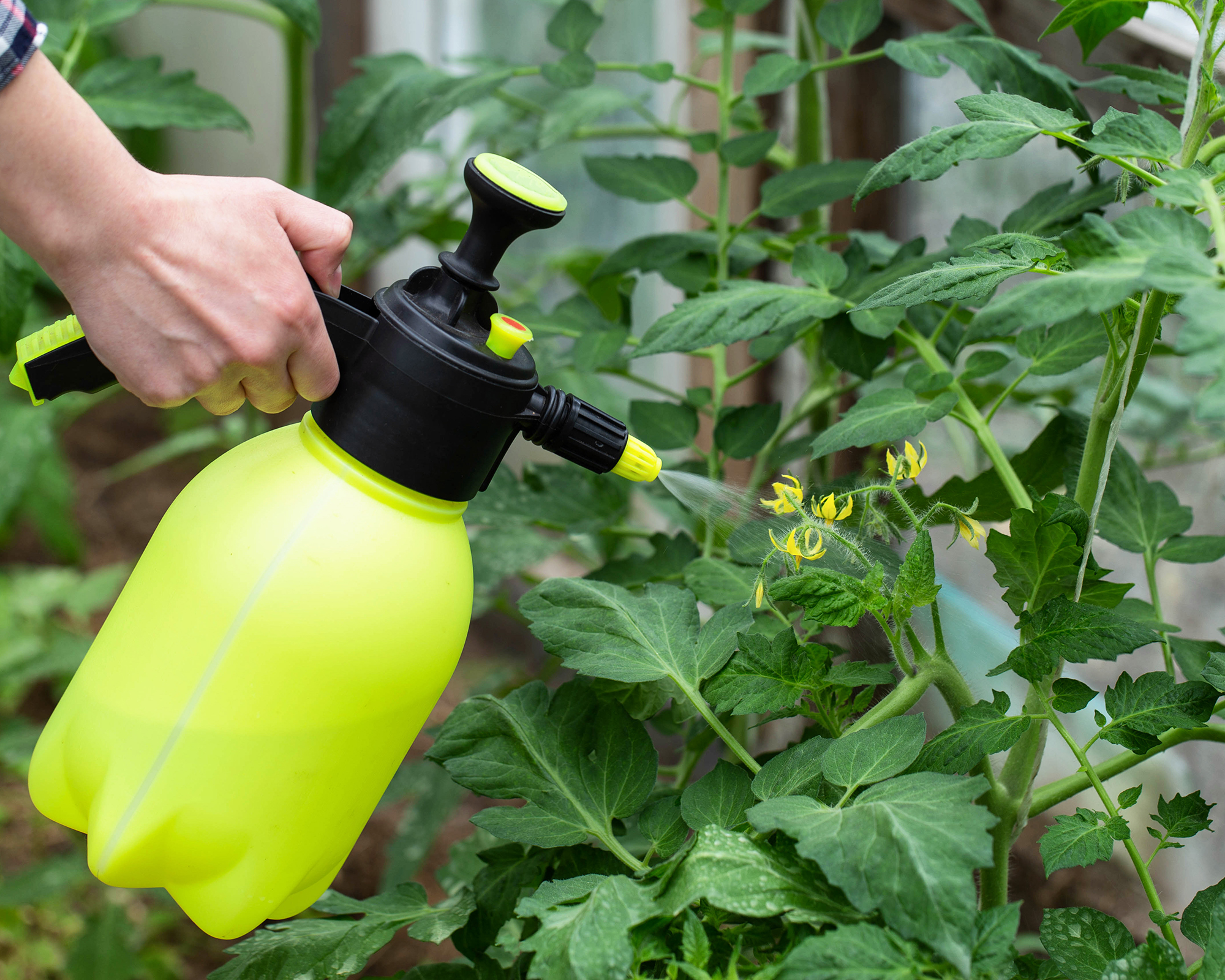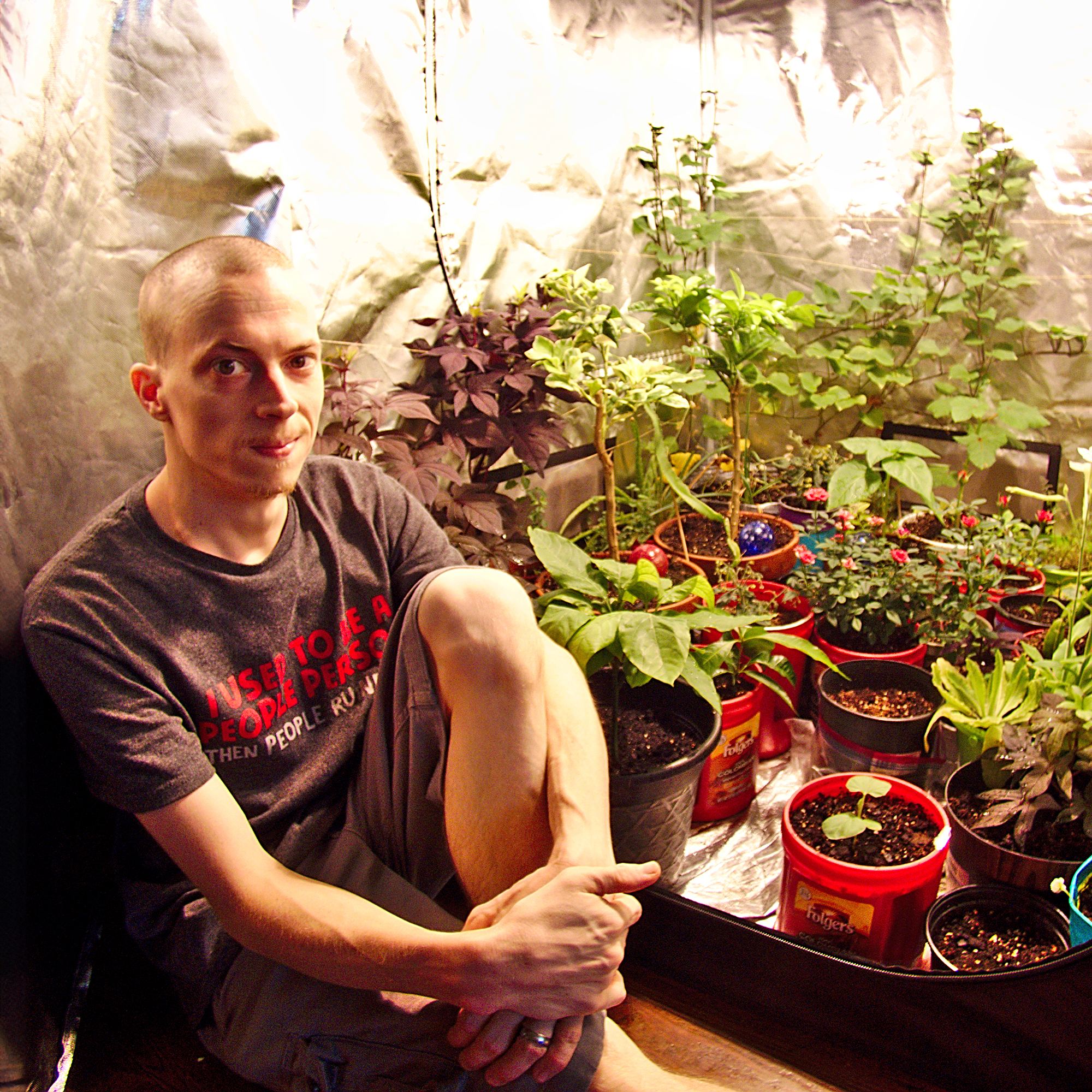Early Blight On Tomatoes: How To Spot – And Stop – Alternaria Disease Before It Spreads
If your tomato plants are developing spotty, yellowing leaves or blemished fruits, you may be dealing with early blight. Learn how to control and prevent this destructive disease.


Amy Draiss
Tomatoes are usually the best part of many backyard gardens, but if you’ve ever tried growing them, you know they come with their own challenges. One of the biggest headaches for growers is early blight on tomatoes. Those yellowing leaves with dark, bullseye-like spots creeping up from the base of the plant can be a telltale sign. And if you let it go, this nasty fungus can take down your whole crop before you even get your first ripe tomato.
Still, don’t panic quite just yet. The trick is catching it early and acting fast. With some commonsense prevention and a little clean-up, you can keep the disease under control. First, if you’re wondering how early blight stacks up against other tomato issues, check out our full breakdown of tomato blight – there’s more than one kind, and each plays a little differently.
So, What is Early Blight?
Early blight is caused by fungi called Alternaria solani and Alternaria tomatophila. The disease thrives in warm, damp conditions – which is basically tomato season in a nutshell. Despite its name, it doesn’t have to just show up early in the year. It can pop up any time it gets humid outside, especially after a few rainy days or heavy morning dew. Unlike late blight tomato disease, which can destroy a plant almost overnight, early blight develops a little slower, starting with the oldest leaves near the bottom.

What Does it Look Like?
At first, early blight is easy to overlook. It will be just a few yellow patches on the lower leaves. Dark brown spots, which can have faint rings inside them, resembling a target, appear soon after. Eventually, the entire leaf turns yellow, wilts, and drops. When it's bad enough, you’ll start seeing damage on the stems and even the fruit. That’s when you’ll notice that yield and quality really take a hit. If you’ve already struggled with other tomato diseases before, you’ll want to stay especially alert.

What Causes it?
The fungus sticks around in soil, compost, old plant matter – basically anywhere you’ve grown tomatoes before. It can also hitch a ride on tools or even your hands. Overhead watering doesn’t help; it leaves the foliage wet, which is basically a welcome mat for infection. Tight spacing, poor airflow, and transplanting stressed seedlings can also set the stage for an outbreak. In short? It’s one of the more persistent tomato plant problems you’ll deal with.
How Do You Treat Early Blight?
First thing: remove the affected leaves the moment you spot them. Don’t just toss them nearby – bag them up and get them off your property if possible. Then give your plants some breathing room. Trim lower branches, water at the soil line instead of above, and try to do it early in the day so moisture dries off quickly.
There isn't a complete cure for early blight on tomatoes, but natural treatments can slow things down when caught early. Neem oil is an affordable product that's invaluable in the garden, working as both a fungicide and natural pest control. You can buy it from Amazon as either a ready-mixed treatment or in pure oil form to make your own spray. Copper fungicide, like this Bonide Captain Jack's Copper Fungicide, available from Amazon, is another organic solution that treats many common plant diseases.
Sign up for the Gardening Know How newsletter today and receive a free copy of our e-book "How to Grow Delicious Tomatoes".
There are commercial fungicides labeled for Alternaria, such as Gardentech Daconil Fungicide ready-to-use spray, available at Amazon. Use them as a last resort, bearing in mind they are a treatment and not a cure. Rotate the active ingredients if you go the chemical route – fungi learn fast and become resistant. And remember: no fungicide is a magic fix. They aren’t going to reverse the damage, but they can help to stop the spread to healthy leaves.

How Do You Stop it From Coming Back?
These prevention tips matter just as much as treatment:
- Don’t grow tomatoes in the same spot every year – rotate vegetables every two or three seasons.
- Mulch tomatoes to provide a barrier that stops the spores from being splashed on the plant when watering.
- Choose blight-resistant varieties when possible.
- If you have leftover soil from last season, sterilize it or toss it if disease was present.
if you're just getting into tomato growing, then don’t miss out on our full guide on how to grow tomatoes the right way. It’ll save you a lot of trial and error.
Can You Still Eat Tomatoes From Affected Plants?
Usually, yes you can. If the fruit looks healthy or just has a spot or two on the skin, you can cut around it and still use it. Just don’t bother with anything soft, moldy, or leaking. Early blight isn’t going to hurt humans in any way, but it will impact the flavor and shelf life. Also, while it spreads like wildfire between tomato plants, it can’t usually jump to other crops, but don’t push your luck. Be smart with your cleanup.

Is It Early Blight or Something Else?
Not every spotty leaf means early blight. Septoria leaf spot, for instance, has smaller, more uniform dots without the ringed pattern. Bacterial speck and other diseases can look similar, too. Where it shows up on the plant, how fast it spreads, and how the weather’s been will all matter. When in doubt, your local extension office is your go-to resource.
Early blight on tomatoes is a battle, but it can definitely be managed. Spot it early and act quickly, keep your garden clean, and maintain good airflow. With a little effort and some regular monitoring, you will be able to keep your tomato plants producing all season long. Don’t wait until it’s too late. The earlier you jump on it, the better your odds of beating this.

Tyler’s passion began with indoor gardening and deepened as he studied plant-fungi interactions in controlled settings. With a microbiology background focused on fungi, he’s spent over a decade solving tough and intricate gardening problems. After spinal injuries and brain surgery, Tyler’s approach to gardening changed. It became less about the hobby and more about recovery and adapting to physical limits. His growing success shows that disability doesn’t have to stop you from your goals.
- Amy DraissDigital Community Manager